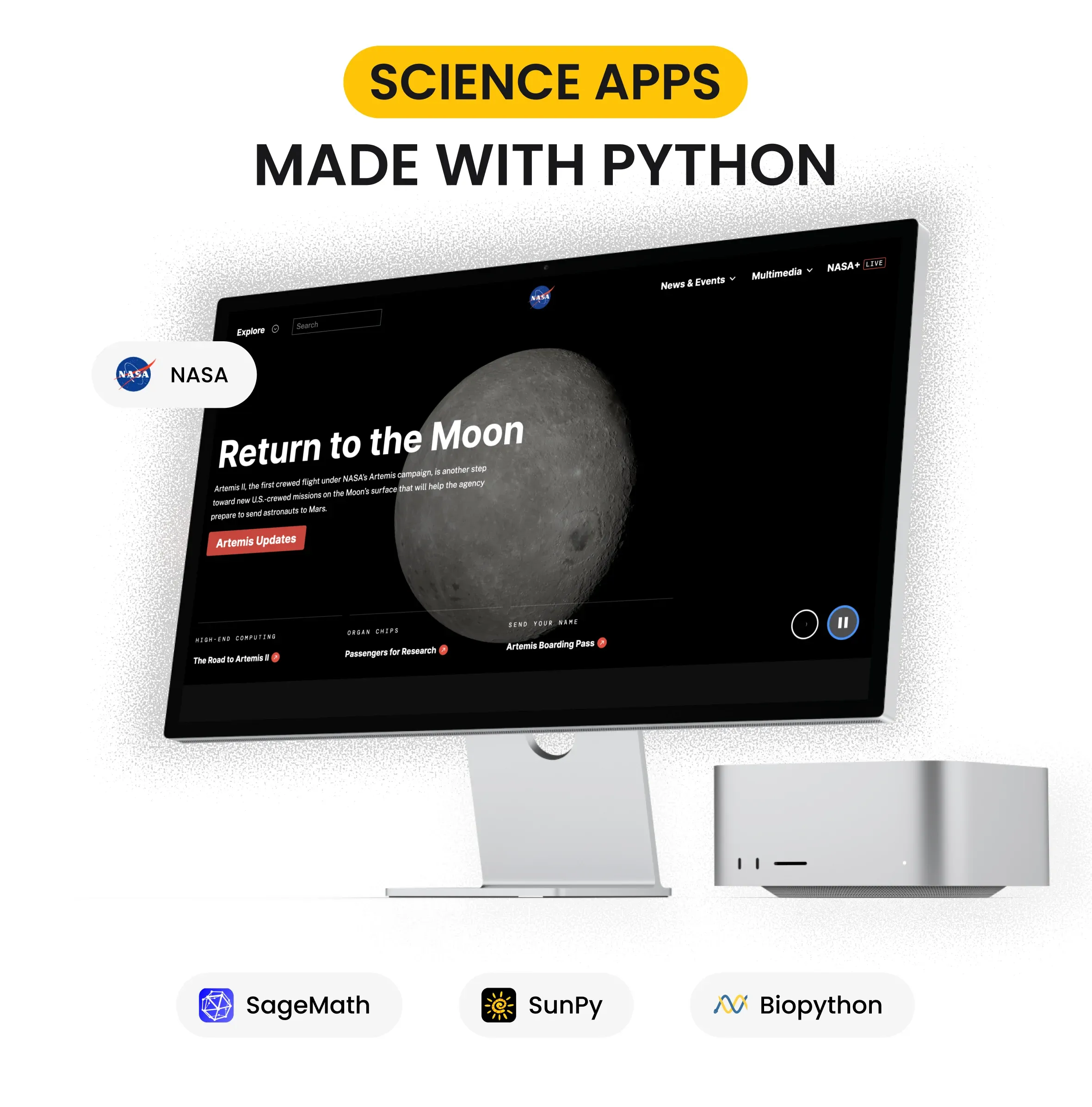11 Mobile App Development Trends for 2022
June 06, 2022 • 506 Views • 7 min read
Tetiana Stoyko
CTO & Co-Founder
The variety of ready-made software solutions for the construction industry is vast, offering businesses numerous options tailored to their preferences and needs. Yet, the variety of SaaS solutions can make it challenging to select the right system. For instance, according to the latest statistics, the quick and accurate cost calculation feature is the most requested feature, demanded by 60% of respondents.
The difficulties that this technique overcomes are frequently not present while building the first version of an application. Furthermore, implementing a complex, distributed design will stymie progress. This may be a significant issue for startups, whose main task is frequently how to fast change the business model and associated application. However, when it comes to scaling and you need to employ functional deconstruction, the knotted interactions may make it tough to break down your monolithic application into a group of services.
Microservices Use Cases
Microservices Use Cases
Microservices Use Cases
The difficulties that this technique overcomes are frequently not present while building the first version of an application. Furthermore, implementing a complex, distributed design will stymie progress. This may be a significant issue for startups, whose main task is frequently how to fast change the business model and associated application. However, when it comes to scaling and you need to employ functional deconstruction, the knotted interactions may make it tough to break down your monolithic application into a group of services.
On the other side, when your aim is to develop a sophisticated and scalable application – microservice architecture is what you need. Adopting new sophisticated tech stacks will be your greatest answer in the future if you want to add new functionality to your application and modernize it. The microservices strategy will come to your aid in this regard, particularly in gaining a competitive advantage.
On the other side, when your aim is to develop a sophisticated and scalable application – microservice architecture is rchitecture is rchite
Tetiana StoykoCTO & Co-Founder
On the other side, when your aim is to develop a sophisticated and scalable application – microservice architecture is …
On the other side, when your aim is to develop a sophisticated and scalable application – microservice architecture is …
On the other side, when your aim is to develop a sophisticated and scalable application – microservice architecture is …
How does Microservices Communication work?
The “microservices design focuses on categorizing potentially” huge and unwieldy programs. Every microservice is meant to solve a certain feature and function of an application, such as logging, data search, etc. Several of these microservices work together to produce a single efficient application.
Because it is typical for each service instance to operate as a distinct process, services must communicate via a process communication protocol. The strategies could be HTTP, AMQP, or a binary TCP protocol. It depends on the nature of your app.
Google Analytics
The difficulties that this technique overcomes are frequently not present while building the first version of an application. .
Google Analytics
- are frequently not present while
- not present while
Because it is typical for each service instance to operate as a distinct process, services must communicate via a process communication protocol. The strategies could be HTTP, AMQP, or a binary TCP protocol. It depends on the nature of your app.
Boxed
- Depending on the protocol type
Because it is typical for each service instance to operate as a distinct process, services must communicate via a process communication protocol. The strategies could be HTTP, AMQP, or a binary TCP protocol. It depends on the nature of your app. - Depending on the protocol type
Because it is typical for each service instance to operate as a distinct process, services must communicate via a process communication protocol. The strategies could be HTTP, AMQP, or a binary TCP protocol. It depends on the nature of your app.
Outline
- Depending on the protocol typeDepending on the protocol typeDepending on the protocol typeDepending on the protocol type
- Depending on the protocol type
- Depending on the protocol typeDepending on the protocol typeDepending on the protocol typeDepending on the protocol type
Numbered
- Depending on the protocol typeDepending on the protocol typeDepending on the protocol typeDepending on the protocol type
- Depending on the protocol type
- Depending on the protocol typeDepending on the protocol type
- Depending on the protocol type
Bullet
- First point
- Second point
Default bull
- Depending on the protocol typeDepending on the protocol typeDepending on the protocol typeDepending on the protocol type
- Depending on the protocol type
Default num
- Depending on the protocol typeDepending on the protocol typeDepending on the protocol typeDepending on the protocol type
- Depending on the protocol type

Source: Indeed blah blah
-
Локація:
- Англія, Лондон.
- Угорщина, Будапешт.
-
Індустрія:
- Спорт
- Розваги
- Спілкування
-
Мета проєкту:
Текст вступу…
- Запуск проєкту…
- З’єднання груп та чатів…
- Сесія спільного та окремого катання…
- Перехід на MapBox замість Google Maps.
What’s your impression after reading this?
Love it!
1
Valuable
1
Exciting
1
Unsatisfied
1
FAQ
Let us address your doubts and clarify key points from the article for better understanding.
you may also like
Let’s talk!
This site uses cookies to improve your user experience. Read our Privacy Policy
Accept
Share this article